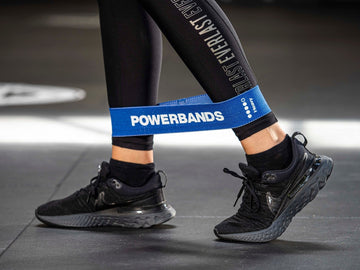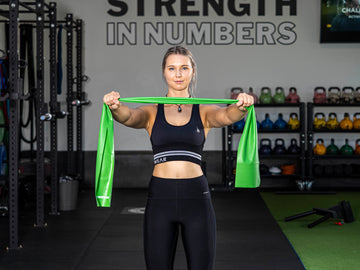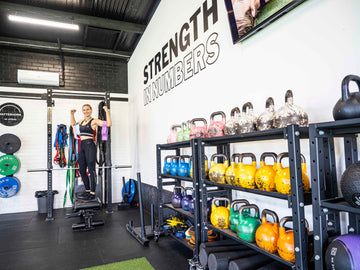Fitness has involved quite a lot over the years. Even the very act of walking now has plenty of variations, helped along by equipment like the resistance band. One walking exercise that's been slowly but surely gaining traction is the one with the lateral band. It may look and feel a bit off, but it has key benefits such as:
- Hip abductor strengthening (mainly the gluteus medius)
- Hip stability improvement
- Knee joint stability boost
The Lateral Band Walking Exercise
For the most part, this workout is situated as part of a warmup routine. A lot of deep muscles are engaged, helping the pelvis to stabilize considerably. When done as part of a workout, it helps to improve ankle, foot, and hip stability alongside knee joint stabilization. Body mechanics and movement efficiency during a competition or workout will also improve considerably.
Lateral band walking exercises are especially helpful for athletes that take on sports wherein twisting, running, pivoting and jumping is involved. One of the side muscles of the hip, gluteus medius, can bring plenty of issues when it weakens.
Gluteus Medius Muscles Matter
Weak gluteus medius muscles are often the underlying reason for knee pain and injuries — especially ACL injuries. When the muscles are weak, they don’t properly stabilize the hip, leading to an increased risk of misalignment in the knee joint. This can lead to added stress on the knee under certain movements, like pivoting or running.
The lateral band walking exercise protects the knee joint by teaching it to move correctly and preventing it from "caving in" or "caving out." That way, when you land from a jump, your knee will move in the same direction that your entire body is moving, which is crucial for preventing ACL injuries. Many experts believe improper movement patterns are one cause of ACL injuries; this exercise can prevent the problem.
As one of the abductor muscles, the gluteus medius can get weak and cause pain if you sit for long periods. This brings quite a lot of pain and includes conditions like iliotibial (IT) band and patellofemoral pain syndrome. When abductor muscles are flexible and strong, issues with pain and the aforementioned condition will go a long way.
How Are Lateral Band Walking Exercises Best Done?
When performing lateral band walking exercises, you should use a resistance band that provides the right amount of challenge for your abilities. Different brands may use different colors to indicate the different levels of difficulty, with the easiest possibly being yellow and the hardest being black.
- Ensure your band is not bunched and put it just above each ankle, wrapping around both legs.
- Keeping feet shoulder-width apart, make sure the band is only taut. This is not the time to stretch it out in full.
- Bend knees slightly, moving to a half-squat position.
- Keep feet aligned with shoulders, facing forward. Make sure body weight is distributed over both feet evenly.
- While in the half-squat position, shift the weight over a leg, stepping sideways with the other leg. Move that leg in and out, sideways, ten times. During the movement, keep the hips level and back straight.
- Shift weight slowly before switching legs, then doing another 10 repetitions.
Conclusion
Working out is an important part of living a healthy, balanced lifestyle. The lateral band walking exercise is a great addition to any warm-up routine. All it requires is a resistance band and some space to move around. Done properly, it can be highly beneficial.
Want to get the best value resistance bands in Australia? Shop at POWERBANDS® today! We aim to help our customers’ lives improve by way of movement with nothing less than the finest POWERBANDS® made.








